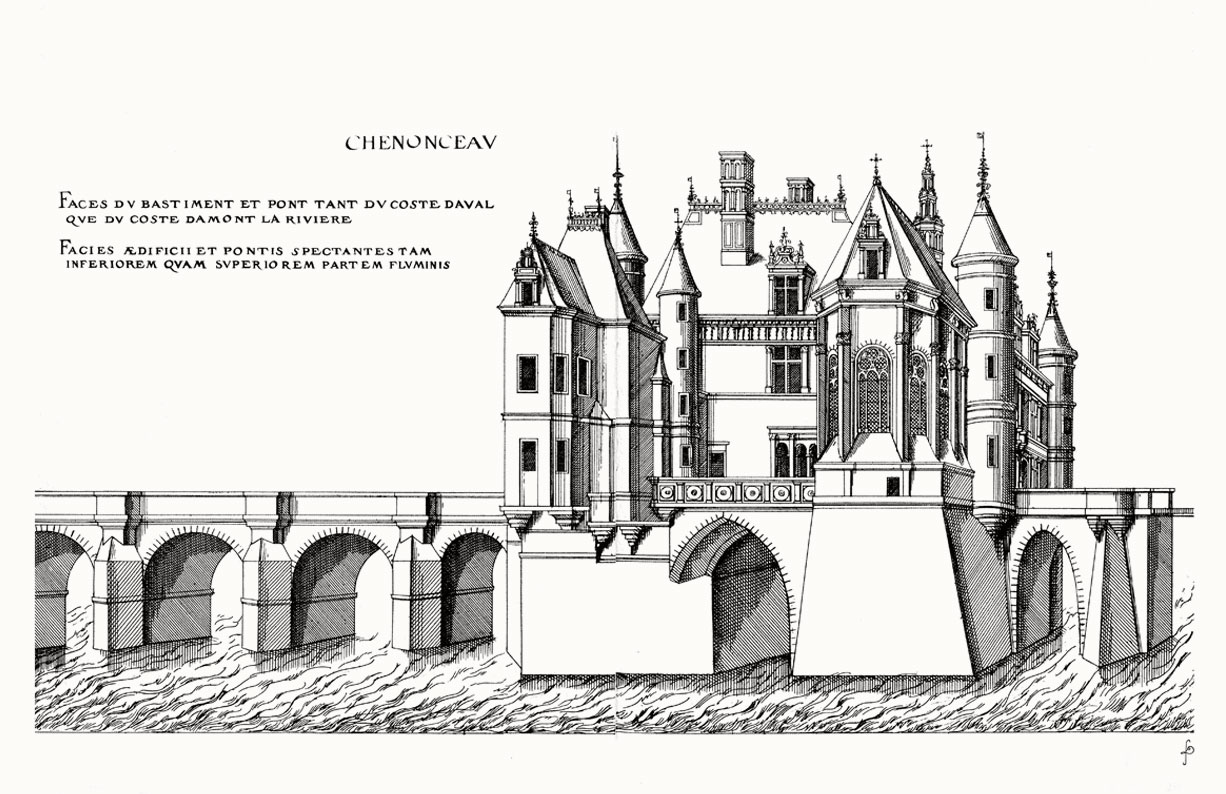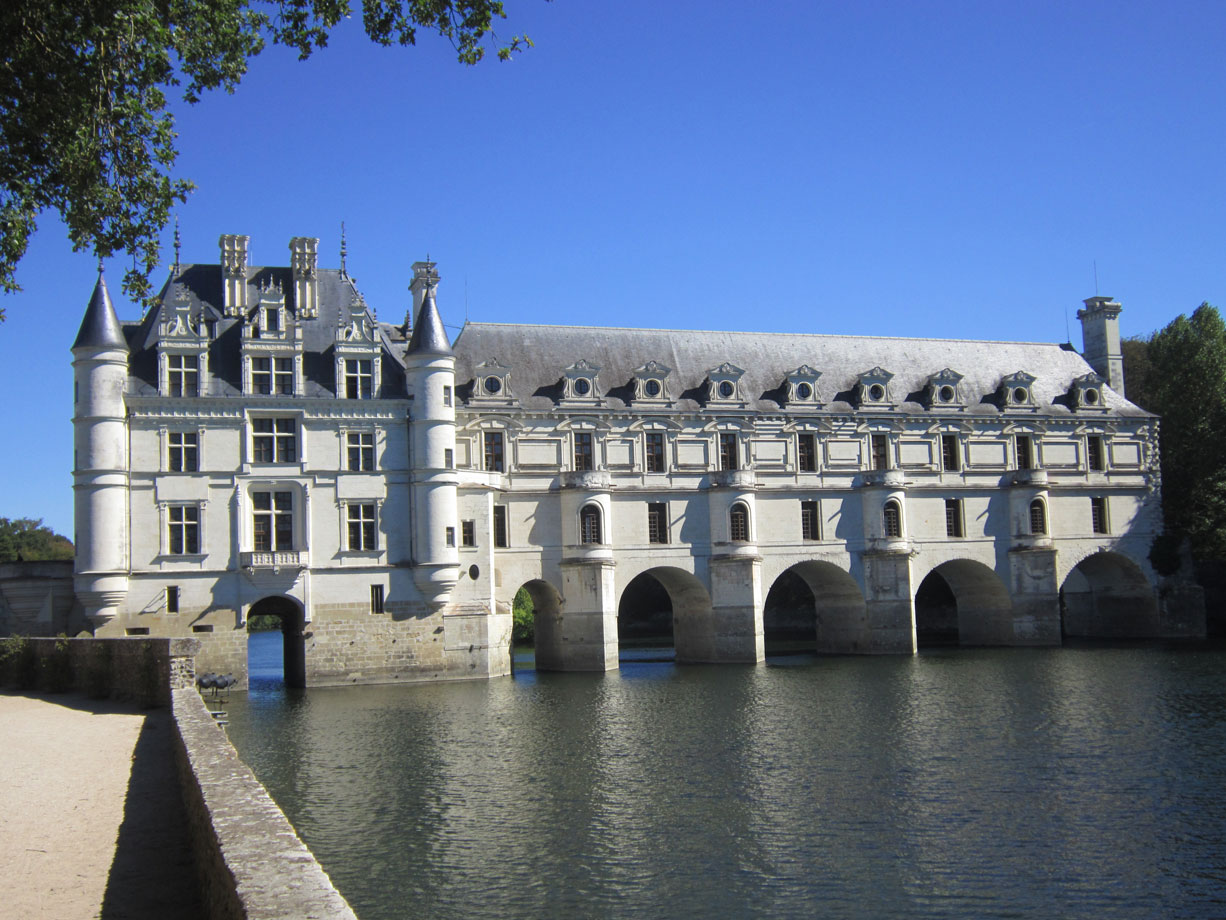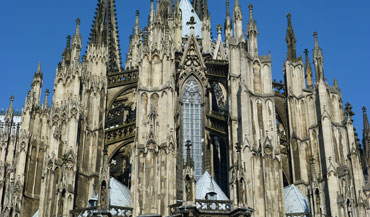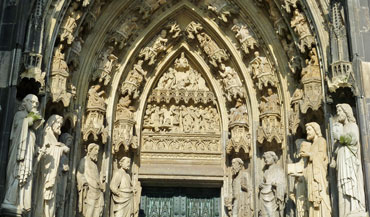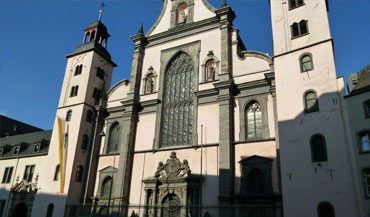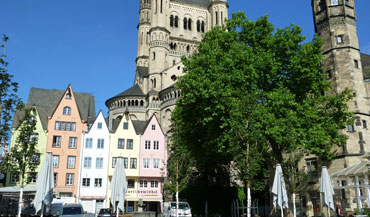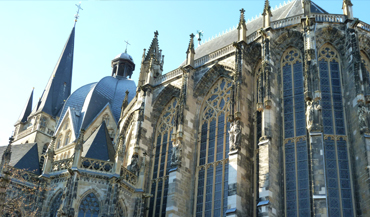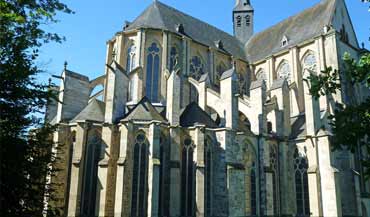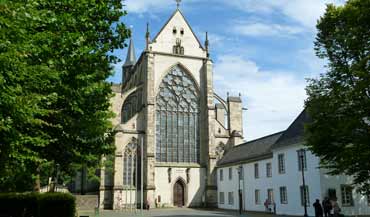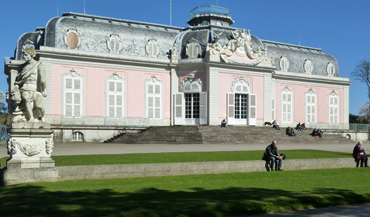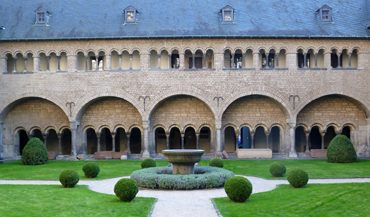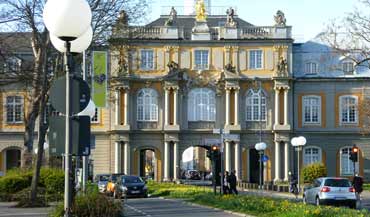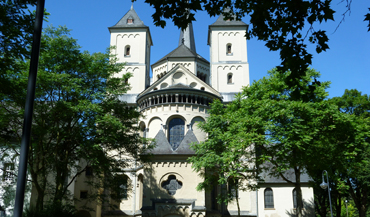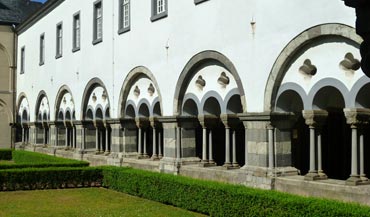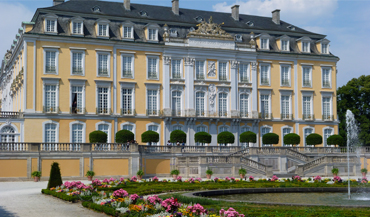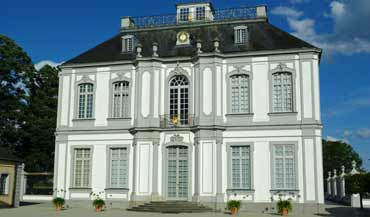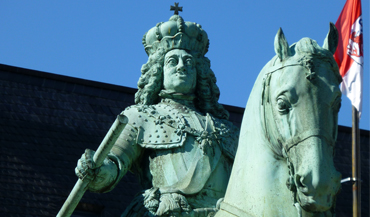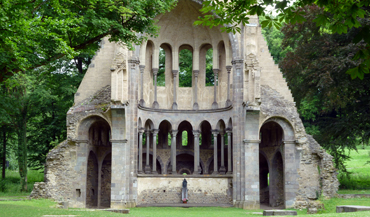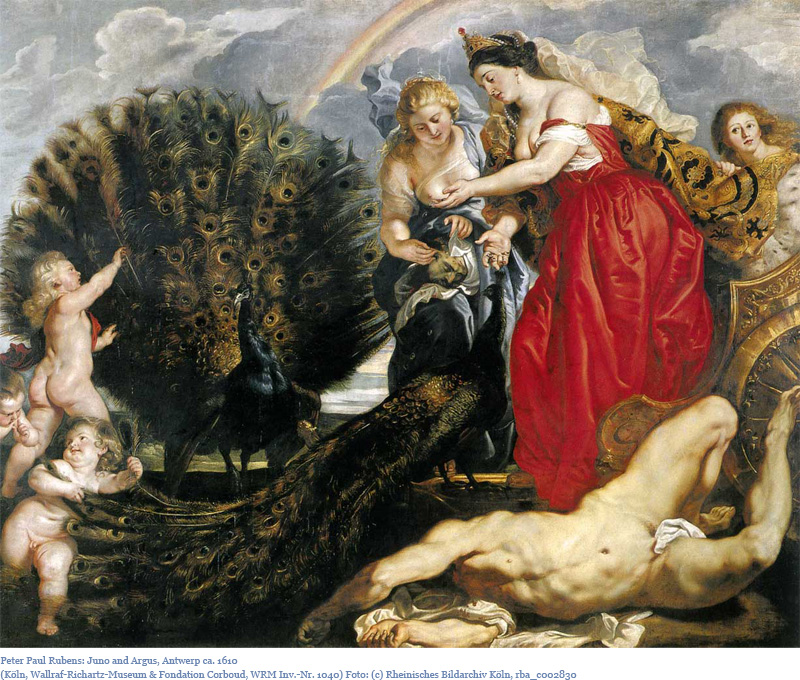

Stefan Rath, Ph.D., Art and architectural historian
Guided Tours: A Passion
For twenty-five years I have been touring the fascinating realm of art and architecture with my guests. My enthusiasm and passion will make buildings and paintings, rooms and furnishings, as well as gardens with their fountains and sculptures come alive for you. What do they tell us? Who commissioned the works and what did the commissioners have in mind? Whom did they want to address and what was their message? Who are the artists and architects and how did they realize the desired impact? Which traditions and styles shaped the images and buildings? Experience art and architecture with me and discover how they embody our historical and cultural heritage.
Experience artworks, cathedrals, churches, and monasteries with all your senses. Discover towns, palaces, and gardens in illuminating and inspirational tours of high cultural and art-historical quality. An exclusive guided tour—which may include culinary highlights as well—will leave a lasting impression and enrich your travel experience.
I am pleased to arrange a program tailored to your individual requirements in English, German, or French. In cooperation with an experienced cultural tour operator I can also offer you complete travel packages.
My art-historical research focuses on the architecture and furnishings of French as well as German palaces primarily of the baroque period. My dissertation "Schloss Maisons: Landsitz René de Longueils und königliche maison de plaisance" (Château de Maisons: Country Estate of René de Longueils and Royal Maison de Plaisance), published online at the University of Bonn in 2011, explores a major work of seventeenth-century French palace architecture, not far from Paris in Maisons-Lafitte. My current research project addresses the decor and (textile) furnishings of electoral state apartments from 1648 to 1806.

Guided Tours
Here you will find a short selection of cities, monasteries, castles, and palaces. On request, I can also arrange tours to places not listed below.
Cologne & Rhineland
 Cologne
Cologne
Once the largest city of the Holy Roman Empire of the German Nation, Cologne fascinates visitors today with its significant cultural heritage from the Middle Ages. Cologne’s High Gothic Cathedral of St. Peter (UNESCO World Heritage Site)—with the Romanesque Shrine of the Three Kings and original, almost completely extant, stained-glass windows—represents the climax of French cathedral architecture of the thirteenth century.
Cologne’s twelve Romanesque churches, built between the tenth and thirteenth centuries, have an enormous artistic range and are unique as an ensemble. The Church of the Assumption, a former Jesuit church built in post-Gothic baroque form in the seventeenth century, orchestrates the Catholic identity of the city.
The medieval City Hall gives the city’s imperial immediacy an impressive physical form. Cologne’s museums offer visitors a wide range of art collections. These span from Roman antiquity to the Middle Ages, the baroque period, expressionism, the work of Pablo Picasso, and contemporary art. The Old Town on the banks of the Rhine (Martin’s Quarter) has retained its medieval atmosphere and picturesque charm.
 Aachen
Aachen
Aachen was the principal residence of Charlemagne. The Frankish emperor’s palatine chapel is preserved in Aachen’s Carolingian and Gothic Cathedral (UNESCO World Heritage Site). On its gallery is the throne on which all kings of the Holy Roman Empire sat after their coronation, from the tenth to the sixteenth centuries. The Shrines of Charlemagne and of Mary in its choir are major works of medieval goldsmith art. The banquet hall in which the medieval coronation festivities took place was built on the remains of the Carolingian aula regia and is today part of the Gothic city hall. Much of the Old Town’s medieval and baroque architecture has survived, giving it its picturesque charm.
 Altenberg Cathedral
Altenberg Cathedral
Altenberg Cathedral lies idyllically in a valley of the Bergisches Land. The former Cistercian abbey church is one of the few preserved examples of high Gothic architecture of this significant religious order. Altenberg Cathedral is a fascinating "copy" of the Cologne Cathedral but with significant deviations specific to the Cistercian order. A large part of the original medieval stained glass is extant.
 Benrath Palace
Benrath Palace
The Benrath Palace lies in Düsseldorf-Benrath in a park extending to the banks of the Rhine. Built in the second half of the eighteenth century for Elector Palatine Carl Theodor as a hunting lodge, it is a fascinating major work of German architecture in the transition from rococo to classicism. The layout of the interior is extraordinarily refined.
 Bonn
Bonn
The government quarter of the former capital of the Federal Republic of Germany has surprisingly moderate postwar architecture. Thus the structures of earlier eras seem all the more monumental: the former residential palace of Cologne’s archbishop and elector in the baroque style, the Romanesque Minster with its cloister, the baroque city hall, as well as the Beethoven House in the city center. Parts of the Old Town have retained their historic character. In the Romanesque double chapel of Schwarzrheindorf the original paintings are extant. On the periphery of the city center, you will find the former maison de plaisance in Poppelsdorf and the Holy Stairs, a "copy" of the Roman Scala Santa, highlights of German baroque architecture.
 Brauweiler Abbey
Brauweiler Abbey
Not far from Cologne is the former Benedictine monastery with its significant Romanesque church. Large parts of the medieval cloister buildings are extant in the Marienhof, adjacent to the church. In front of the complex is the late baroque Prälaturhof designed in the manner of a monastic residence.
 Brühl Palaces
Brühl Palaces
The Augustusburg and Falkenlust palaces together with the garden and park form a unique baroque ensemble (UNESCO World Heritage Site) from the first half of the eighteenth century. Erected as a secondary residence and hunting lodge for the Cologne archbishop and elector Clemens August from the Wittelsbach dynasty, they represent a highlight of German baroque architecture and garden design. Overwhelming are the grand staircase and state apartment of Augustusburg, the French parterre garden, as well as Falkenlust Palace in the park of the grounds. The latter, formerly used for hunting falcons, was designed in the manner of a French maison de plaisance.
 Düsseldorf
Düsseldorf
Only the tower remains of the former residential palace in Düsseldorf, the capital of North-Rhine Westphalia. In the baroque period, Düsseldorf was the residence of the Electoral Palatinate. This is still evident in the appointments of the Gothic church of St. Lambertus as well as the baroque church of St. Andreas, the former Jesuit and court chapel with its annexed electoral mausoleum. The equestrian statue of Johann Wilhelm is a significant monument of the early eighteenth century. The Old Town has retained its historic character and some of its baroque and classicist architecture. Königsallee, the shopping street simply called “Kö” by the locals, has a distinctive, fashionable appeal. In Düsseldorf-Kaiserswerth are the ruins of the medieval imperial palace as well as the Romanesque church of St. Suitbertus.
 Rhine Valley
Rhine Valley
The rich cultural landscapes of the Lower and Middle Rhine stretch from Cleves to Mainz with a wealth of significant towns, monasteries, castles, and palaces.
Whether the towns of Cleves and Xanten on the Lower Rhine or Linz, Bacharach, and Eltville on the Middle Rhine, the ruins of the Romanesque Cistercian church of Heisterbach or the neo-Gothic church St. Apollinaris in Remagen, or the well-preserved medieval Cistercian Eberbach Abbey in the Rheingau: All these towns are worthwhile exploring.
Of course Rhine romanticism is ever-present in the valley of the Middle Rhine between Bingen and Koblenz (UNESCO World Heritage Site) with the Lorelei, the romantic neo-Gothic Stolzenfels Castle, the well-preserved medieval Marksburg, the ruins of the high Gothic Saint Werner’s Chapel in Bacharach (it inspired Heinrich Heine in 1824 to the unfinished novel The Rabbi of Bacharach), as well as the outstanding wines of this region.

Paris & Île de France


As an established expert in French art and cultural history, in particular palace architecture of the Renaissance and Baroque periods, I will show you France from a unique perspective. Tailored to your wishes I offer tours to the French capital (where I lived for two years), to Versailles, Île-de-France, as well as the Loire Valley with their fascinating towns, cathedrals, monasteries, and palaces such as Fontainebleau and Chambord.
 Paris
Paris
Paris, to me the most beautiful city in Europe, has a rich architectural history going back 2000 years. Imposing parts of the thermal baths of the Roman Paris, or Lutetia, are preserved in the medieval Hôtel de Cluny. The former abbey church of Saint-Germain-des-Prés has a Romanesque nave and a significant early Gothic choir. Notre Dame is one of the most impressive Gothic cathedrals in all of France. The high Gothic Sainte-Chapelle, built to house Christ’s Crown of Thorns, is a gem of royal French architecture. The Louvre gradually evolved into the most significant palace of the French kings from the Renaissance period. With its Colonnade, a masterpiece of French classicism, Louis XIV wanted to see the Louvre completed as the Palace of the Sun God. The massive Dôme des Invalides, perhaps intended as the Sun King’s burial church, was erected to trump St. Peter in Rome: Paris was to be the new Rome and center of Europe. The former convent church Temple Sainte-Marie in Le Marais, the first central-plan building in the classicist style, seems small in comparison. The Hôtel de Lauzun on Île Saint-Louis allows visitors some insight into the splendor of a seventeenth-century city palace. A magnificent example of the rococo style is the stunning interior of the Hôtel de Soubise in Le Marais, built in the eighteenth century. The Panthéon, begun in the mid-eighteenth century as the abbey church of St. Geneviève and burial church for the patron saint of Paris, is the most significant sacred building in the style of French classicism. The neo-Romano-Byzantine features of the pilgrimage church of Sacré-Coeur, erected as the national atonement church after the French defeat in 1870/71, make it a major work of French historicism. Twentieth-century landmarks are the Centre Pompidou, the Louvre pyramid, as well as the Grande Arche in La Défense, commissioned by the president of the French republic.
 Île de France
Île de France
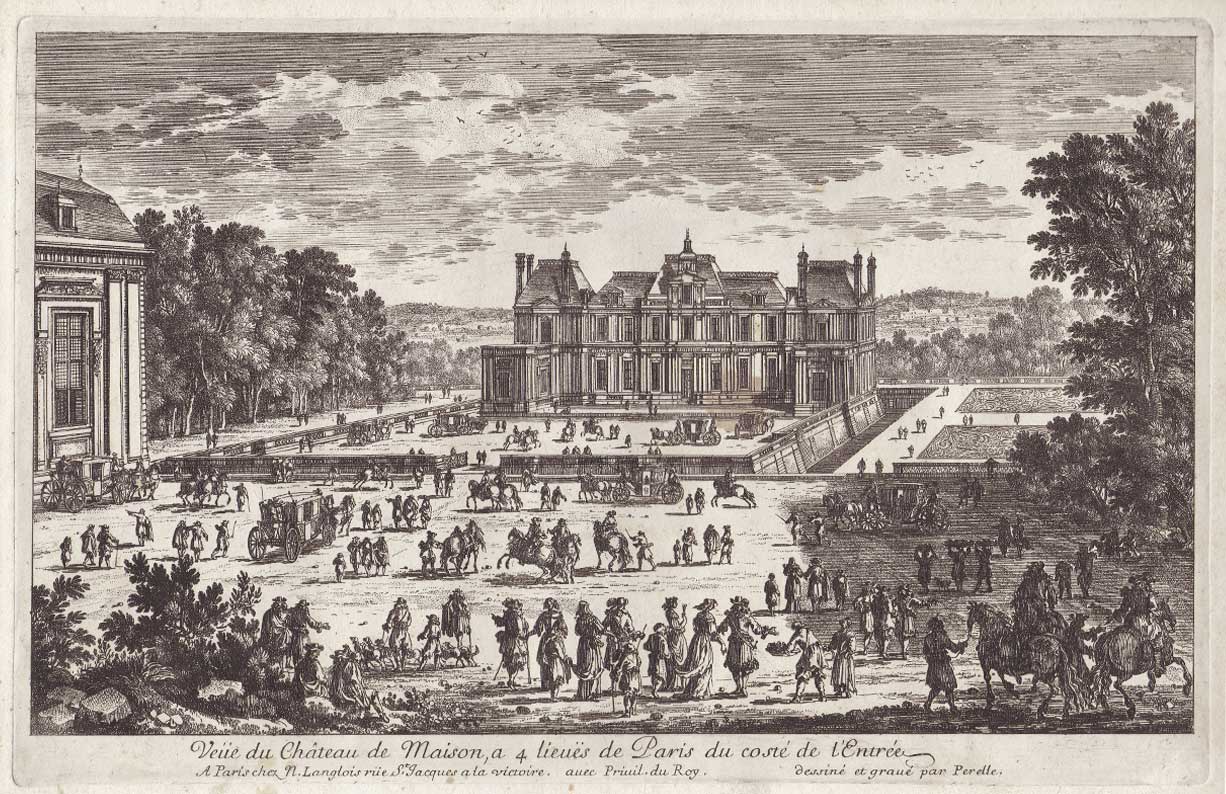

Numerous palaces and their gardens around Paris wait to be discovered in Île-de-France. Above all the two most significant royal châteaux in Île-de-France: The Palace of Versailles, which Louis XIV had converted from the modest country estate of his father to the overwhelming principal residence of the Sun King as well as the vast renaissance Palace of Fontainebleu, which Francis I began to build and which served the court as lodging for the hunt. But smaller palaces are also worthwhile visiting, for instance, the ruins of the renaissance Château d'Anet, which the royal mistress Diane de Poitiers had converted as a “widow’s residence.” Two important baroque palaces were erected in expectation of royal visits: Château de Maisons in Maisons-Lafitte as well as Vaux-le-Vicomte, whose builder Nicolas Fouquet was to end up at the Bastille directly after the fête he held for the king. Or the smaller Château de Champs-sur-Marne, which Madame de Pompadour used as her country estate for a short time as well. Yet Île-de-France also has significant medieval monuments such as the massive royal Château de Vincennes, the Gothic abbey church of Saint Denis, the ruins of the Gothic Cistercian abbey of Royaumont, and last but not least the picturesque Old Town of Senlis with its Cathedral.
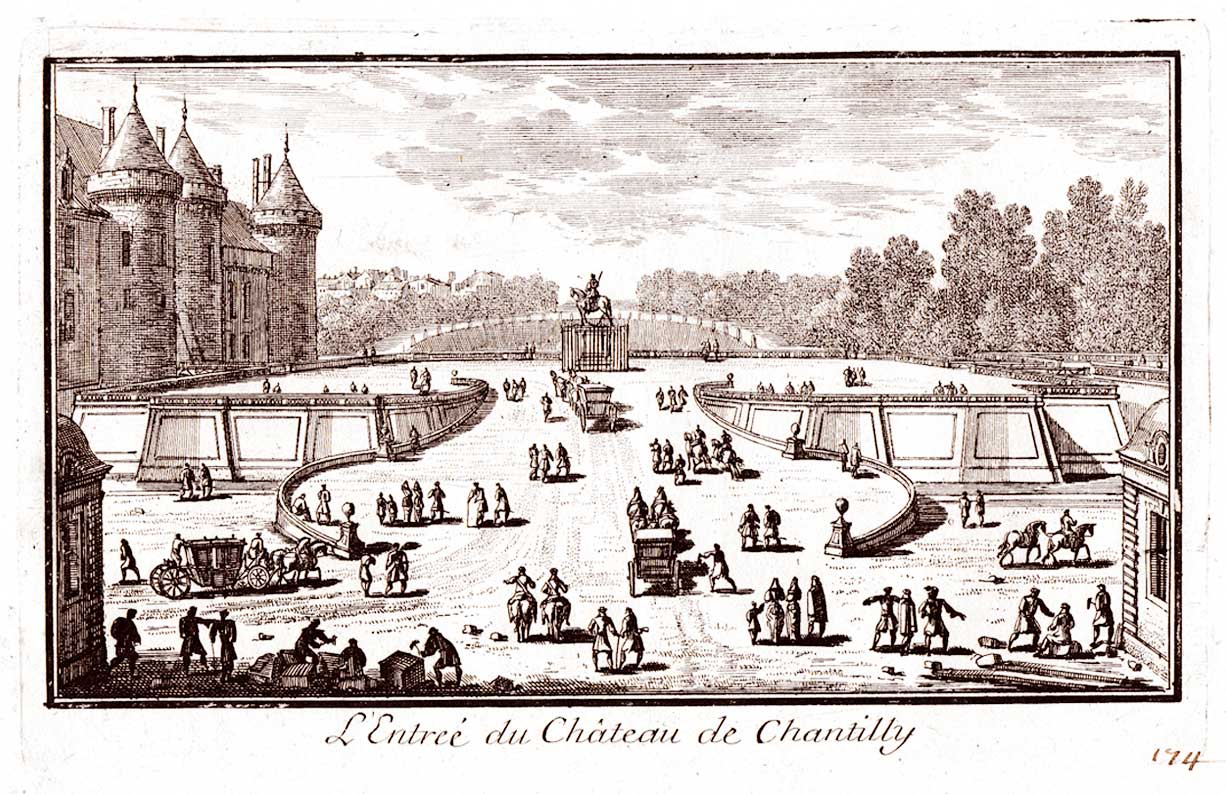
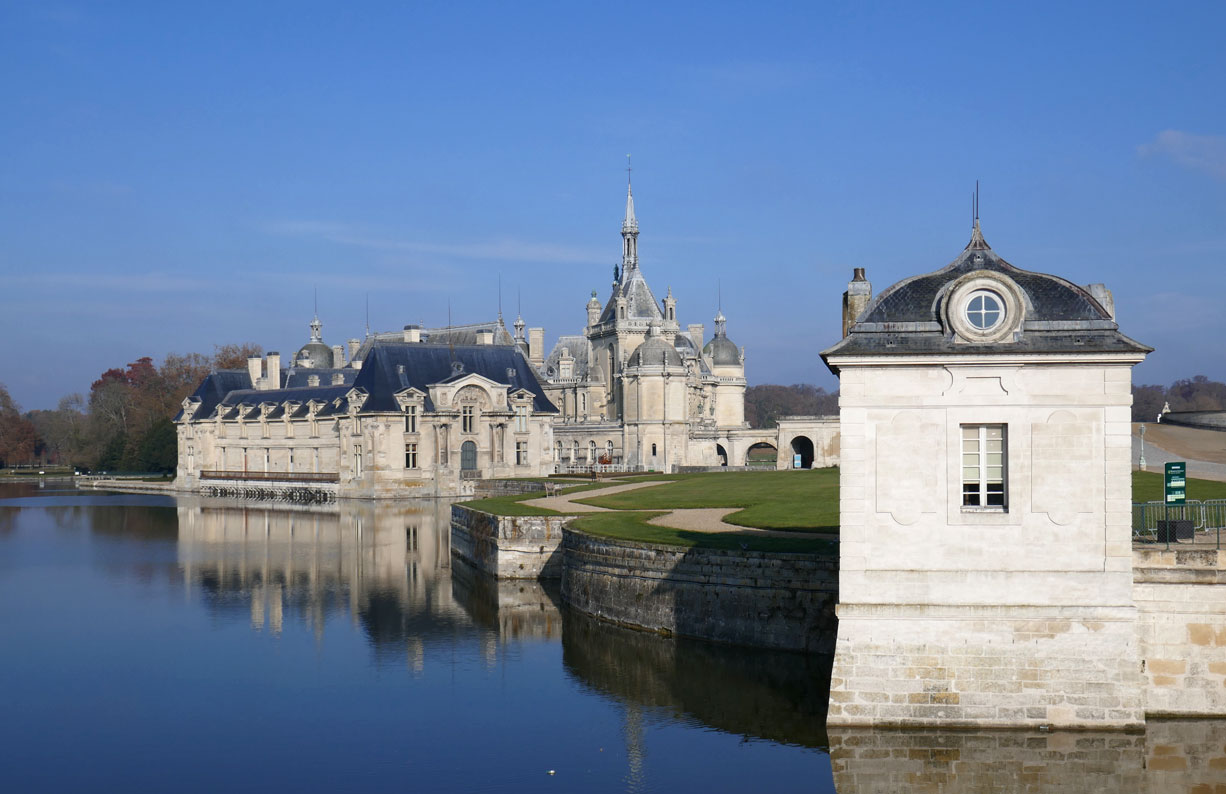
The Loire Valley
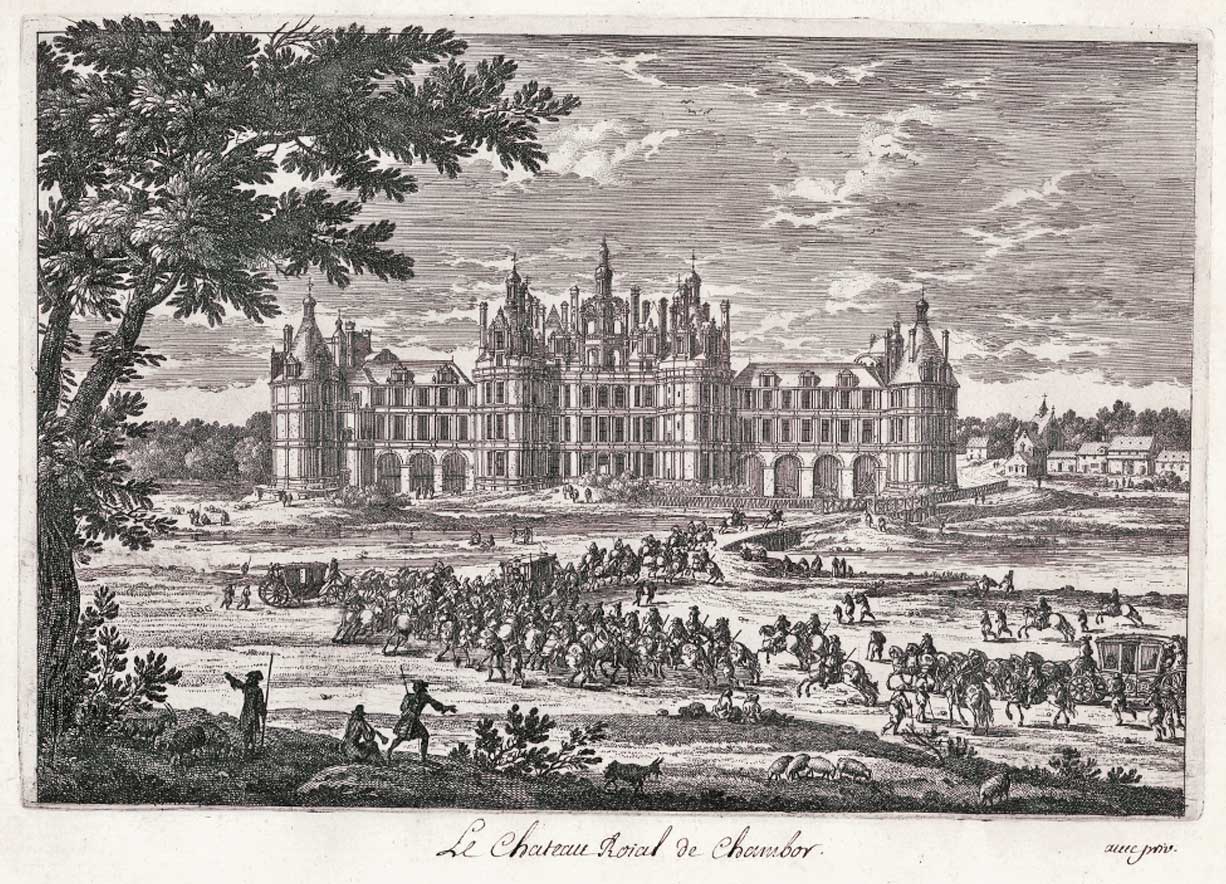
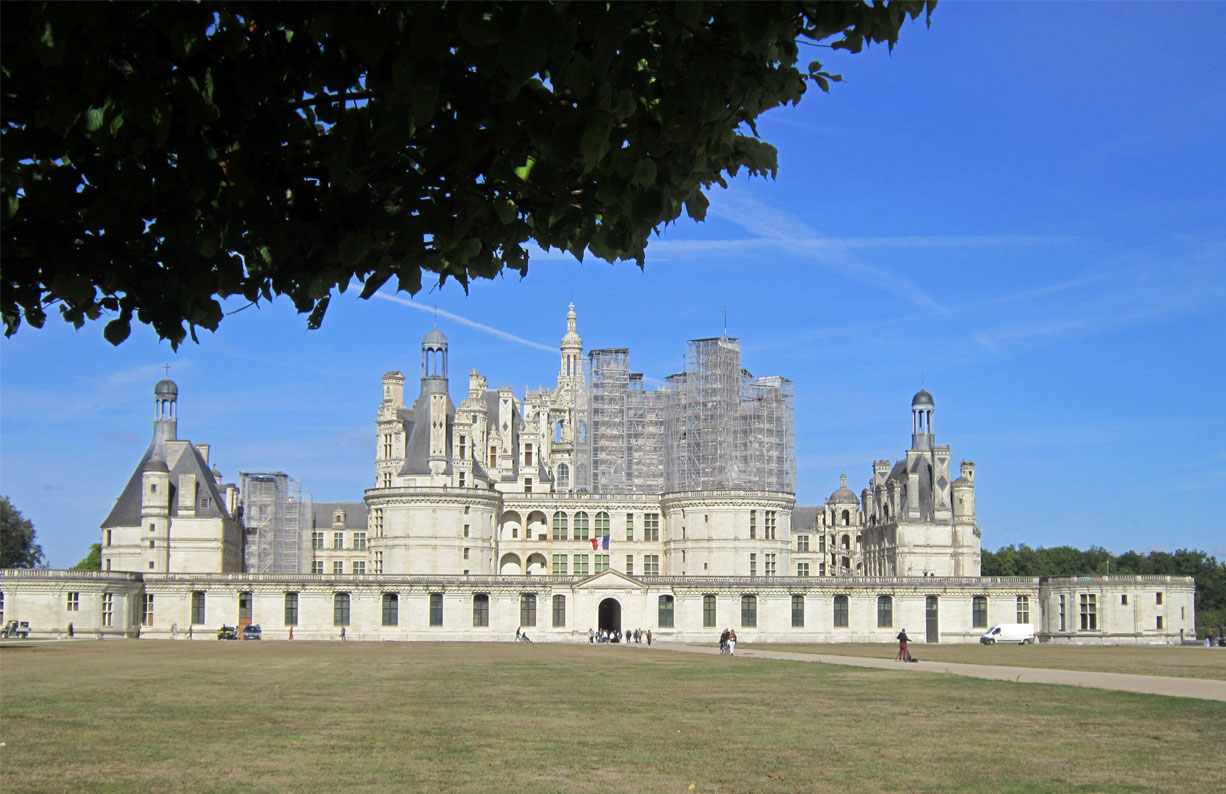
In the Loire Valley, the "Garden of France", numerous renaissance palaces wait to be discovered: above all, Château de Chambord in the midst of a wooded park, the "fairy tale castle" of Francis I, in whose design Leonardo da Vinci may have been involved. It served the king as a hunting lodge and venue for diplomatic ceremony—it was intended to overwhelm royal visitors. And of course Château de Chenonceau erected over a river, which Diane de Poitiers, mistress of Henry II, and immediately after the king’s death, his widow and regent Catherine de’ Medici used as a country estate. But the Loire Valley also has baroque châteaux on offer: The Royal Château de Blois, which Gaston d’Orléans as successor to the throne began to convert to his residence, would have become the most significant baroque château of France. Even in its unfinished state, this building is grandiose, and the renaissance wing of Francis I has survived. Also Château de Cheverny, which Count Hurault, who had been banished there, had erected. Besides these well-known palaces, it is worthwhile exploring those less well known such as Château de Menars, which served Madame de Pompadour as her country estate. Finally the Loire Valley has Romanesque churches such as that of the Saint Benedict Abbey and of the Royal Abbey of Our Lady of Fontevraud but also the Gothic cathedrals of Orleans and Tours.
